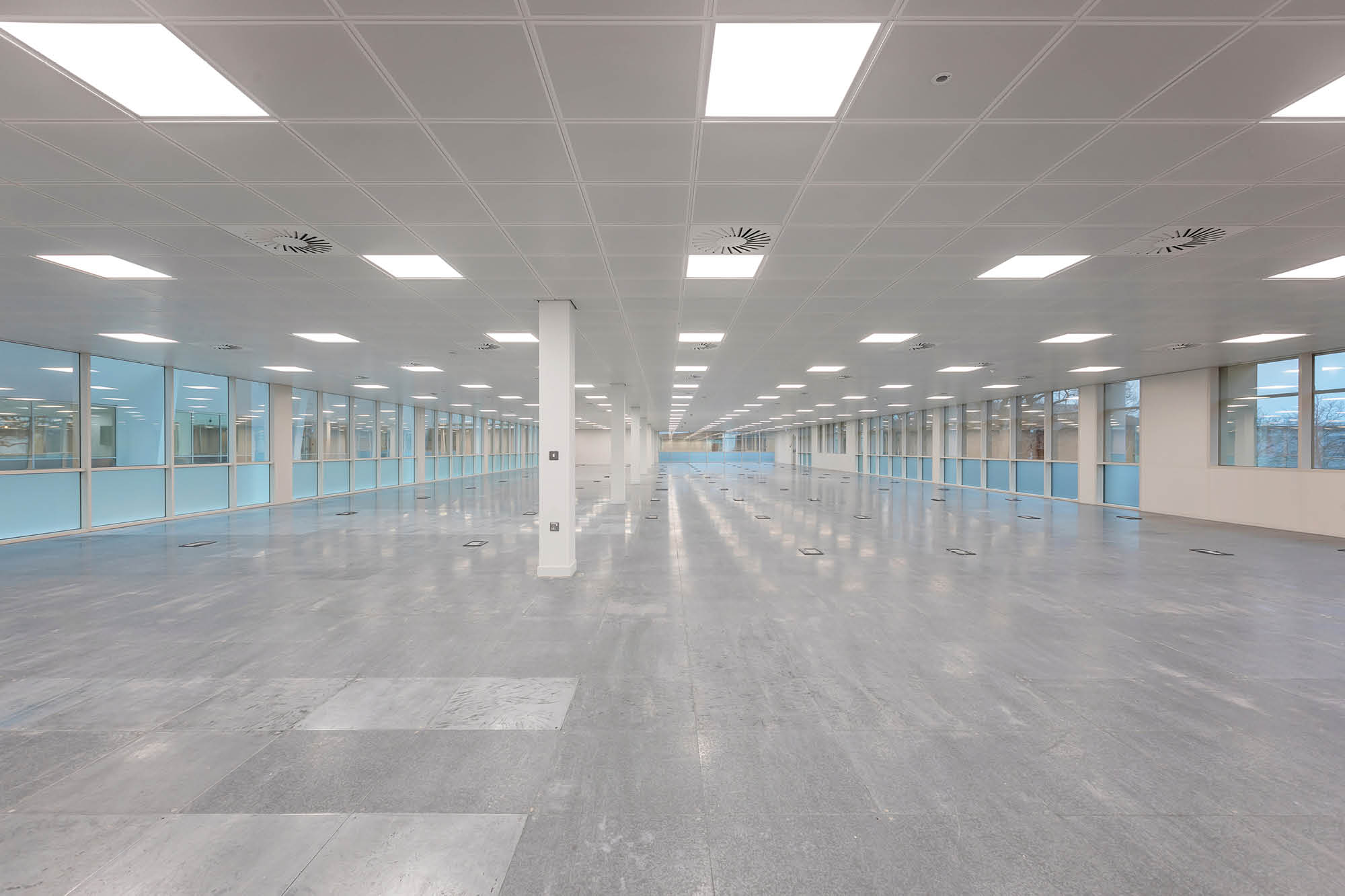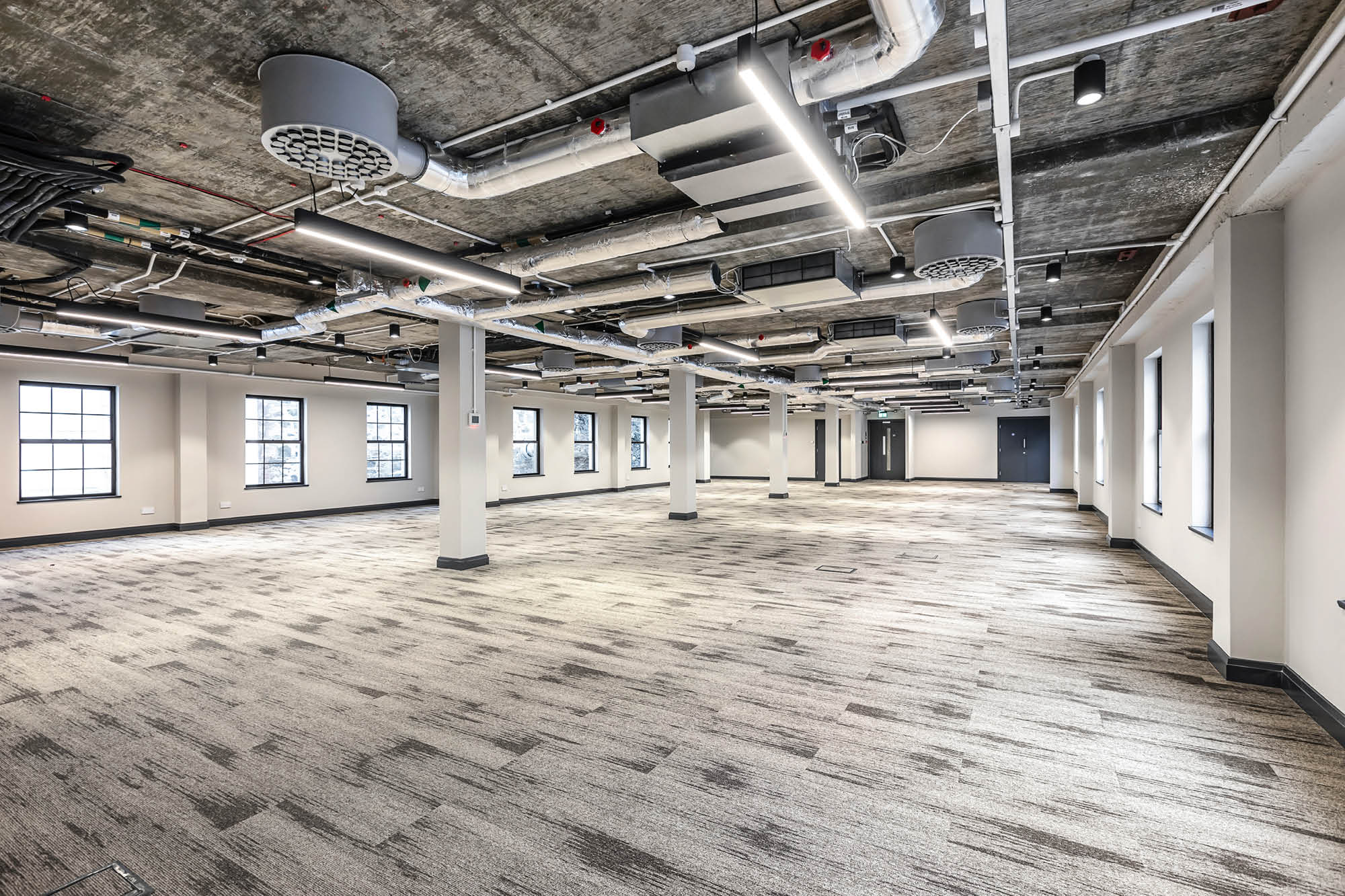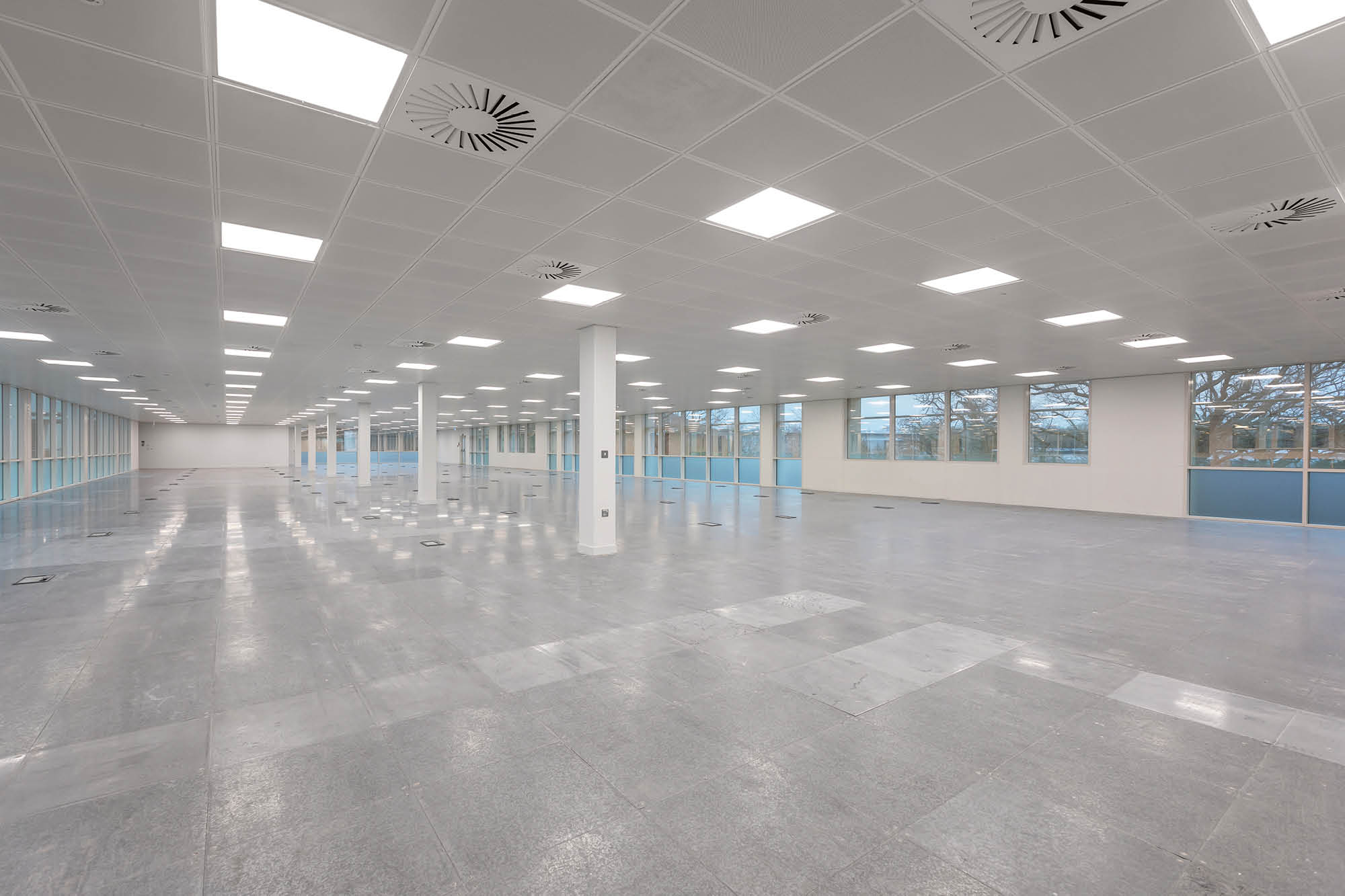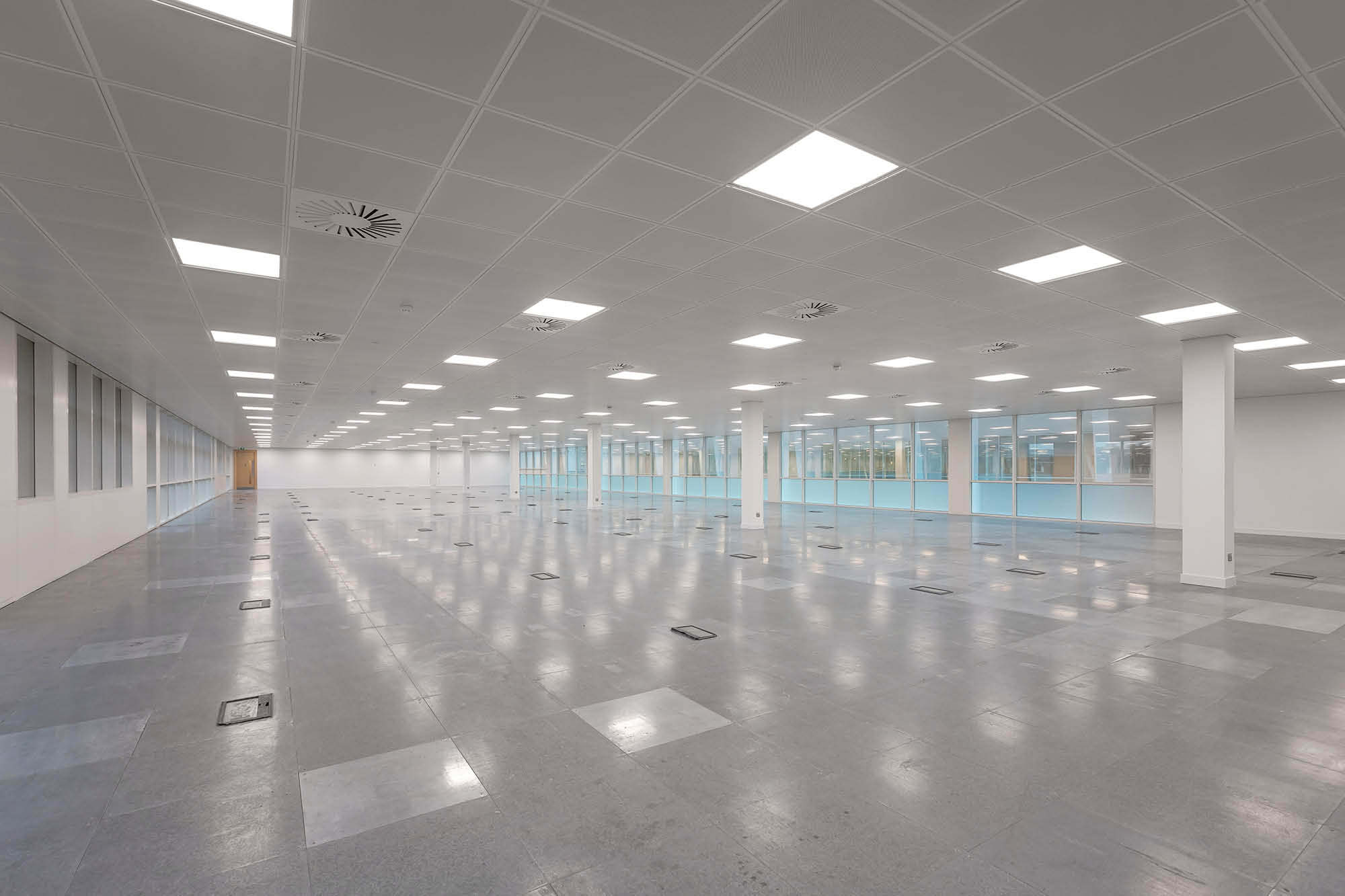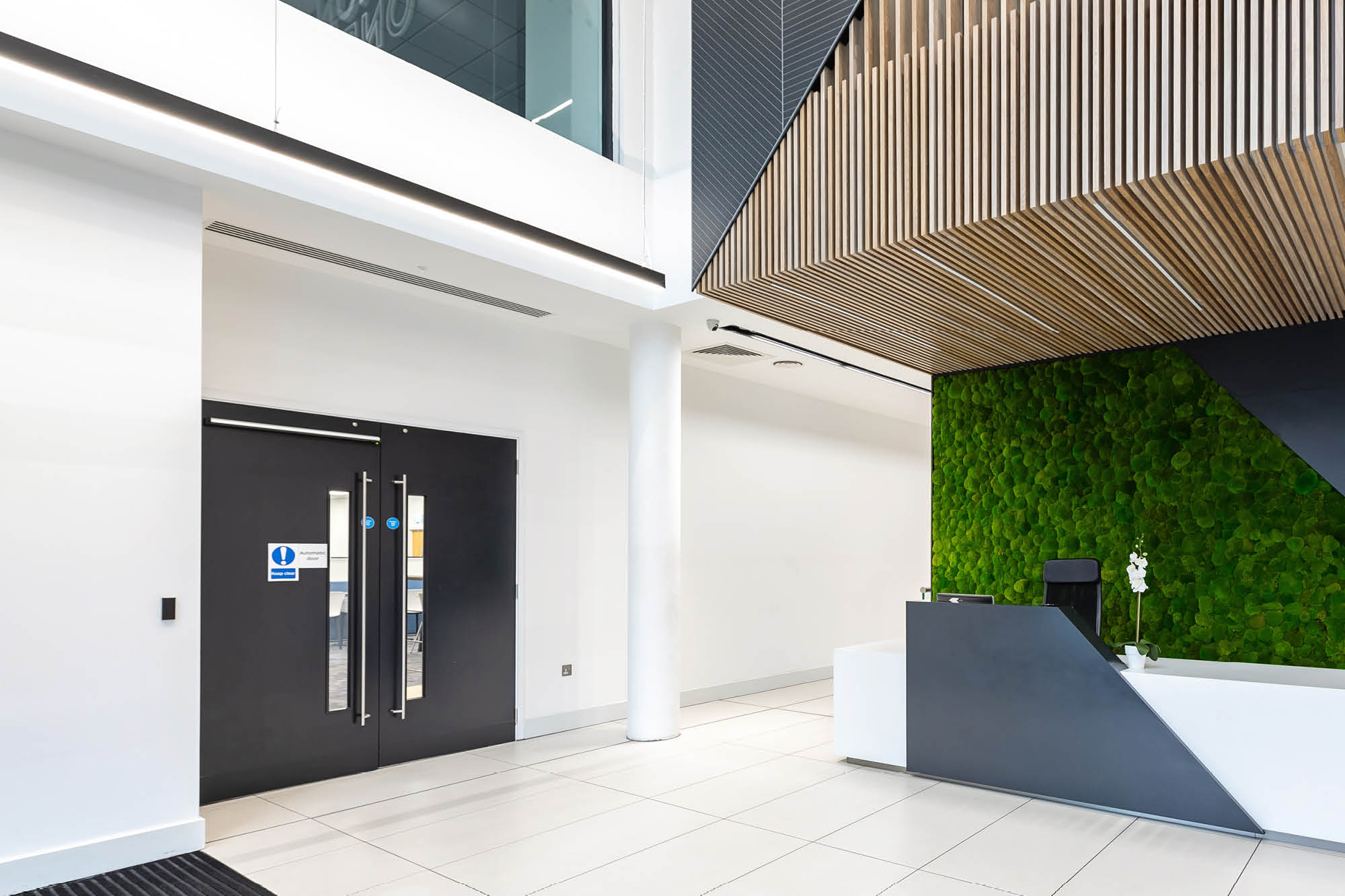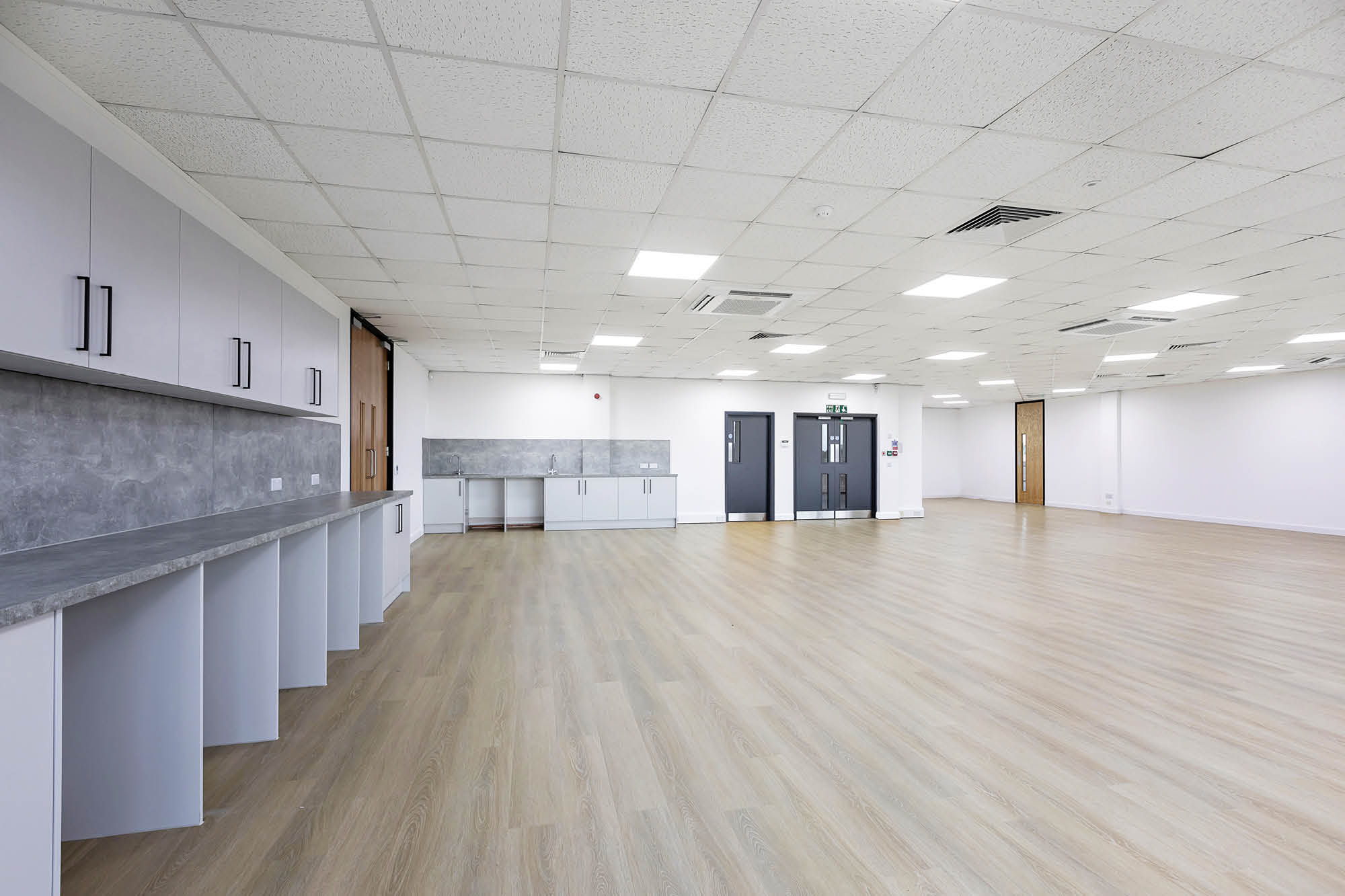TENANT EXPECTATIONS.
The rise of hybrid working, and evolving workspace demands mean that landlords must go beyond simply providing a physical location. They need to create environments that attract and retain tenants in a competitive market.
UNDERSTANDING THE WANTS, NEEDS AND DESIRES.
For landlords, success is no longer just about occupancy rates. It is about fostering relationships with tenants and understanding their long-term needs. A well-designed office is not enough; tenants must feel a connection to their space and landlord. If they don’t, they may move elsewhere, leaving behind vacant offices and lost revenue.
Key questions landlords should ask include:
- What businesses does the space attract?
- Do tenants require smaller offices flexible leases, larger collaborative spaces or bespoke conditions?
- Can landlords provide value beyond square footage, and if so, how?
By proactively engaging with prospective tenants, landlords can tailor their offerings to create an environment that supports productivity, collaboration, and long-term tenancy.
MOVING BEYOND THE TRENDS.
Following the latest office trends for 2025 without understanding the fundamental shifts in workplace behaviour can lead to underutilised spaces and high turnover. Simply offering trendy interiors or shared co-working spaces does not guarantee success. Instead, landlords need to create a sense of community and stability for their tenants.
- Customising and planning office spaces to tenant needs rather than adopting a one-size-fits-all approach
- Encouraging tenant engagement through shared amenities, networking events, and collaborative spaces
- Providing hybrid-friendly solutions, such as adaptable meeting rooms and technology-integrated offices
ADDRESSING MARKET GAPS.
One significant shift in the office market is the demand for smaller, more affordable workspaces. Traditional long-term leases on large office floors are no longer the standard, and many businesses (start-ups and Small and Medium sized businesses) seek flexible, cost-effective options.
Landlords can adapt by:
- Offering smaller office units to cater to businesses that do not need extensive space
- Providing flexible leasing models, such as shorter-term contracts or serviced office solutions
- Considering Accessible Workplaces to meet DDA compliancy
- Adding shared facilities like meeting rooms, breakout spaces, and wellness areas to enhance the tenant experience
- Consider Furniture Options and whether super deduction can be used when purchasing furniture or equipment
While smaller offices may not seem as immediately profitable as large, long-term leases, they can lead to higher occupancy rates, more engaged tenants, and longer retention periods. Additionally, understanding the costs associated with fit-outs is crucial.
THE IMPORTANCE OF OFFICE FIT-OUTS.
A well-executed office fit-out can significantly impact tenant satisfaction. Landlords must ensure their buildings comply with modern office standards and workplace regulations while maintaining an attractive and functional environment.
Key considerations for office fit-outs:
- Compliance with regulations: Understanding building regulations for office fit-outs is essential to ensure safety and legal compliance
- Customisation options: Offering tenants the ability to choose between different fit-out levels, such as CAT A vs. CAT B fit-outs, providing flexibility and aligns with their specific needs
- Sustainability and energy efficiency: Modern businesses prioritise eco-friendly workspaces, meaning landlords must incorporate green design elements into office refurbishments
REDIFINING THE PURPOSE OF OFFICE SPACES.
The office is no longer just a place to work. It has become a hub for collaboration, innovation, and company culture. As tenant expectations shift, landlords must go beyond simply offering space. To stay competitive, they now need to provide workplaces with a clear purpose and strong appeal.
1. CREATING IDENTITY-DRIVE WORKSPACES.
Modern businesses are looking for office spaces that reflect who they are and how they work. A workspace should be tailored to the type of organisation it serves — whether that’s a fast-paced start-up focused on collaboration, a corporate team that values a professional setting, or a hybrid company balancing remote and in-office work.
2. PRIORITISING WORKPLACE WELL-BEING.
Tenants now expect workplaces that support employee well-being. This includes features such as:
- Around 1 in 6 people experience mental health problems in the workplace
- Over 12% of all sickness absence days in the UK can be attributed to mental health conditions
- Better mental health support in the workspace can save UK businesses up to £8 billion per year
- Adapting to Hybrid Work Models
3. ADAPTING TO HYBRID WORK MODELS.
The shift to hybrid work is permanent. Office spaces now need to support both remote and in-person work styles. This means including features such as hot-desking, bookable meeting rooms, and strong digital infrastructure.
CONCLUSION.
The office space market is evolving, and landlords must take proactive steps to remain competitive. By understanding tenant needs, embracing flexibility, and redefining the purpose of office spaces, landlords can create environments that attract long-term tenants and ensure high occupancy rates.
Rather than reacting to market changes, landlords should see this as an opportunity to rethink their strategy, tailor their offerings, and future-proof their assets. Whether through better fit-outs, flexible leasing options, or enhanced tenant engagement, a well-thought-out approach will lead to sustained success.
Take a look at some of our most recent landlord projects here, or view some of our case studies from here; CAT A+ Office Refurbishment for Savills UK in Bournemouth, Landlord CAT A Refurbishment in Hook, or CAT A Office Refurbishment in Guernsey.
If you're a landlord looking to optimise your office space offerings, contact Spectrum Workplace to discuss how tailored office solutions can help you attract and retain tenants.

